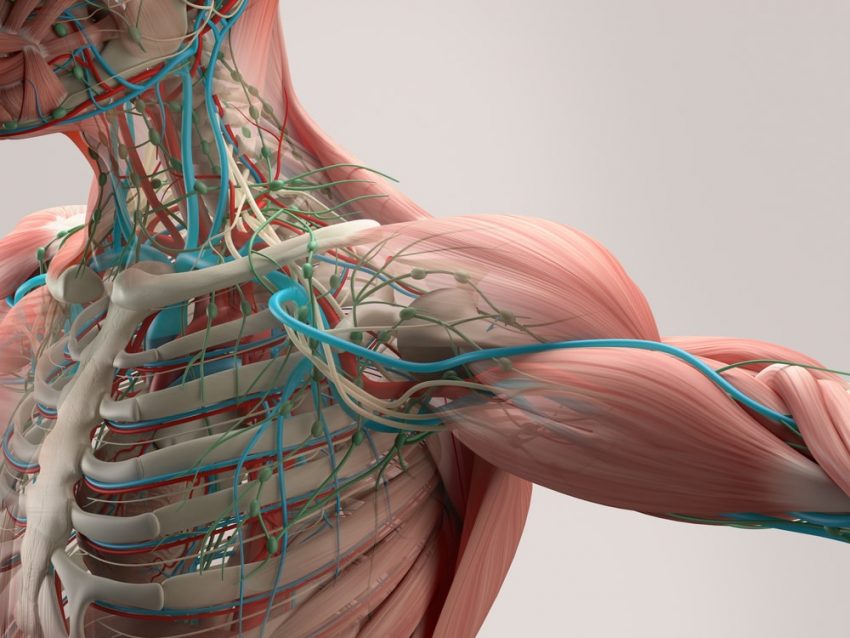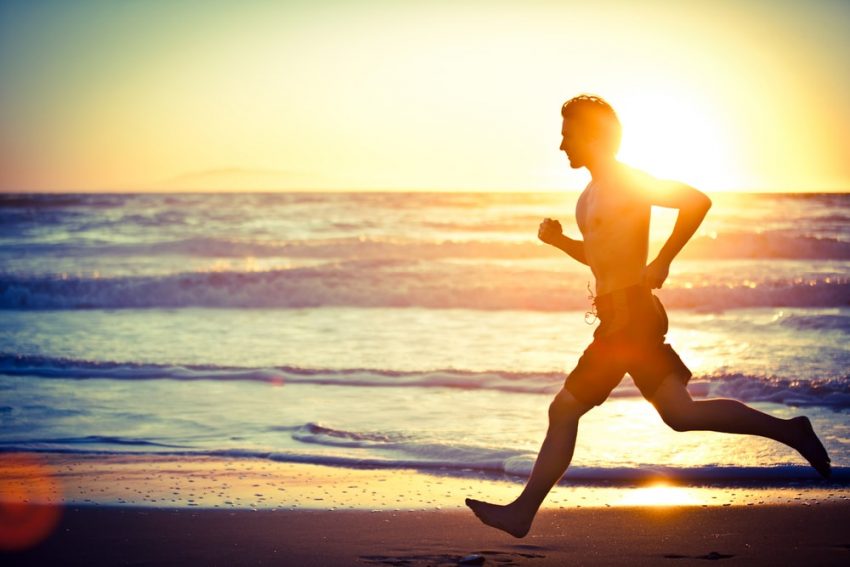Among the systems that shape the body (and that of all animals) there is one known as the locomotor system, which is capable of consummating the ability to move that exists in human beings, serving in turn as protection for all the rest of the body’s organs , responsible for vital functions.
Movement occurs in many ways, and can be voluntary or involuntary, but it is inevitable for the survival of a species to have the ability to put it into practice and, above all, to control it and be aware of the use of movement. For instance: run, talk, cry, blink.
The locomotor apparatus It is made up of various systems, including the nervous system, which provides the generation and modulation of orders for mobility. Fundamentally, it is a device made up of three elements:
- Bones. Firm tissue, of very varied shapes but with a very complex internal structure that gives rise to the skeletal system of the bodypo. The framework of the human body is given by the bones, which must have a very great capacity to regenerate and reconstitute themselves in the event of problems.
- Joints. The point of contact between two bones in the body, made up of a joint formed by a tissue that can be made up of different materials. They provide elasticity and plasticity to the body, in addition to being growth sites.
- Muscles Contractile organs of the human body, made up of muscular tissue that can contract or expand, according to impulses from the nervous system. With it movements are produced, posture is maintained and joint stability is achieved.
As said, the nervous system it has a central role in the movement of people. Neurons are the main means through which information is transmitted in the form of electricity to the different parts of the body, which immediately execute the movement: people are not aware of this transmission of information, since it is thought that the two facts they pass at the same time. However, at this point a fundamental distinction can be made between movements.

Voluntary body movements
It happens that the different parts of the brain They are in charge of ordering the different voluntary movements that the body can performTo coordinate the target and movements, the motor cortex first receives different types of information from various lobes of the brain.
The following examples constitute a list of examples and cases of voluntary movements of the human body, coordinated by the brain.
- To move the arms
- Stop
- Move your legs
- Go to bed
- To run
- Eat
- Talk
- Say hello to someone
- To swim
- Push a button
- Bend
- Sit down
- Walk
- Riding a bicycle
- Everything related to practicing a sport

Involuntary body movements
The involuntary movements They are those that are carried out without the intermediation of the brain, and therefore without the explicit and clear will of the animal that performs them, although they are generally intended for the human body.
A part of the nervous system, different from the nucleus that is the central nervous system, is called autonomic nervous system and deals with this class of shares. It is for them that the body regulates itself, and remains in a balance beyond external impulses.
The autonomic nervous system is divided between the sympathetic system (which fulfills the function of mediating the hormonal stress response, producing all the involuntary movements linked to hormones) and the parasympathetic system (responsible for the regulation of internal organs).
On the other hand, there is another class of involuntary movements constituted by the reflex acts, which are different because they are originated by the spinal cord: they are involuntary movements but carried out immediately to an external stimulus.

The following list shows some examples of involuntary movements:
- Withdraw your hand when we get burned.
- Mourn.
- To blink.
- Contraction of the bronchi in the lungs.
- Pupil dilation.
- Take a deep breath before entering the water.
- Move the leg when hitting the patellar ligament.
- Increase or decrease in heart rate (speed of heart beat).
- Dilation of the bronchi.
- Close your eyes when sneezing.
- Ejaculation.
- Sweat gland stimulation.
- Increased saliva production during sleep.
- Decreased heart rate during sleep.
- Parkinson’s disease, as a condition, uses involuntary movements.
